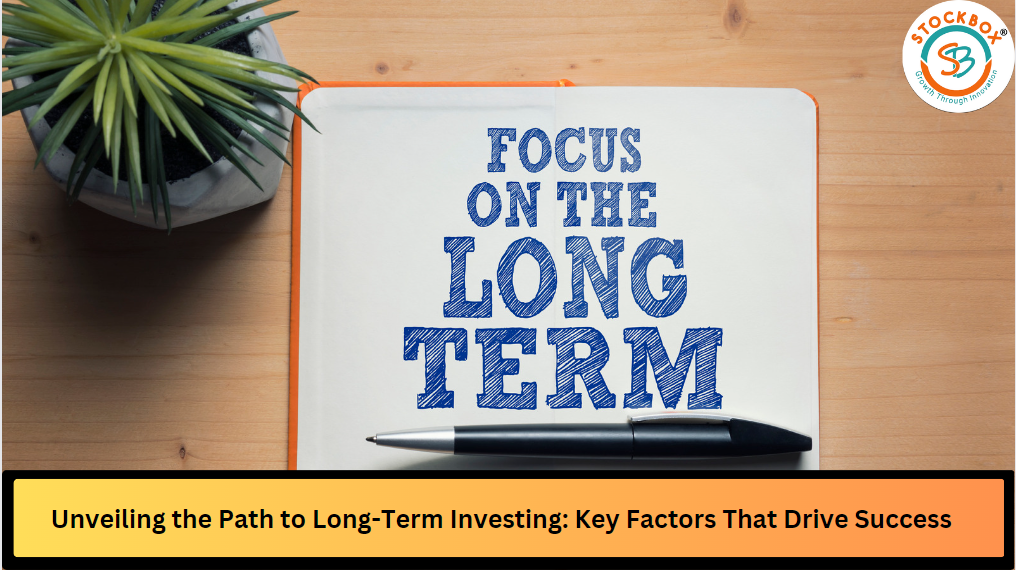The road to investing calls for preparation, perseverance, and careful thinking. The objective for long-term investors is to build financial security and maximize earnings over a long span of time. However, to achieve these results, one must have a thorough awareness of the variables that might have a big influence on an investment’s performance. This piece will take you through the key elements that every long-term investor must carefully consider before making investing selections.
An in-depth investigation of a company’s fundamentals is the first step in long-term investing. Consider issues including total debt, edge over rivals, profitability, liabilities, and management calibre. Investors may choose firms with significant potential for expansion and stable operating models by doing a thorough fundamental analysis.
Understanding Sector Dynamics
It’s important to comprehend the dynamics of the sector in which one is intended to make investments. Examine the industry’s growth potential, market competition, legal and regulatory framework, and technical developments.
It’s crucial to monitor the state of the economy as a whole. Keep an eye on things like inflation, borrowing costs, GDP expansion, and world politics. Investors may position themselves favourably and modify their portfolios as necessary by having a thorough awareness of the macroeconomic environment.
Mitigating Risks Through Diversification
Every investment contains some level of risk, but smart investors who remain invested for the long term have the ability to control and reduce those risks. Analyzing risk elements includes market turbulence, company-specific threats, and geopolitical concerns. To reduce risk exposure, diversification across asset classes, industries, and geographical areas is a useful tactic.
Long-term investing calls for a patient and systematic strategy. Determine a reasonable time frame and your investing objectives. You can weather short-term market swings and take advantage of long-term growth possibilities by matching your investing approach with your financial goals.
Evaluating Valuation Metrics
It’s important to pay close attention to a firm’s valuation. Find equities that are trading for reasonable prices compared to their real worth. To determine whether an investment is appealing, use valuation indicators such as the price-to-earnings ratio (P/E), price-to-sales ratio (P/S), and price-to-book ratio (P/B).
Dividends are essential for long-term investment since they may increase portfolio performance and offer a consistent source of income. Examine a firm’s dividend history, dividend growth rate, and dividend payout ratio to access its dividend potential.
Emphasizing Corporate Governance
For long-term investors, evaluating the level of corporate governance within a business is crucial. Examine the governing body of directors, shareholder rights, and financial reporting transparency. Investing in businesses with sound business management lowers the possibility of misconduct and increases the profitability for shareholders.
To sum up, long-term investment success necessitates a methodical, well-researched strategy. To maximise your portfolio potential patience, discipline, and a long-term outlook are the keys. Accept the above-listed elements, make wise choices, and set off on a fulfilling route to financial prosperity.

